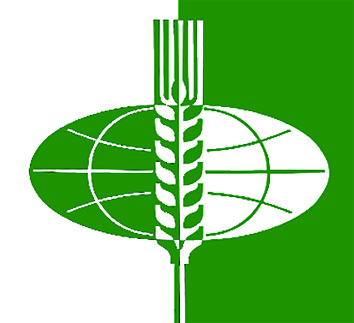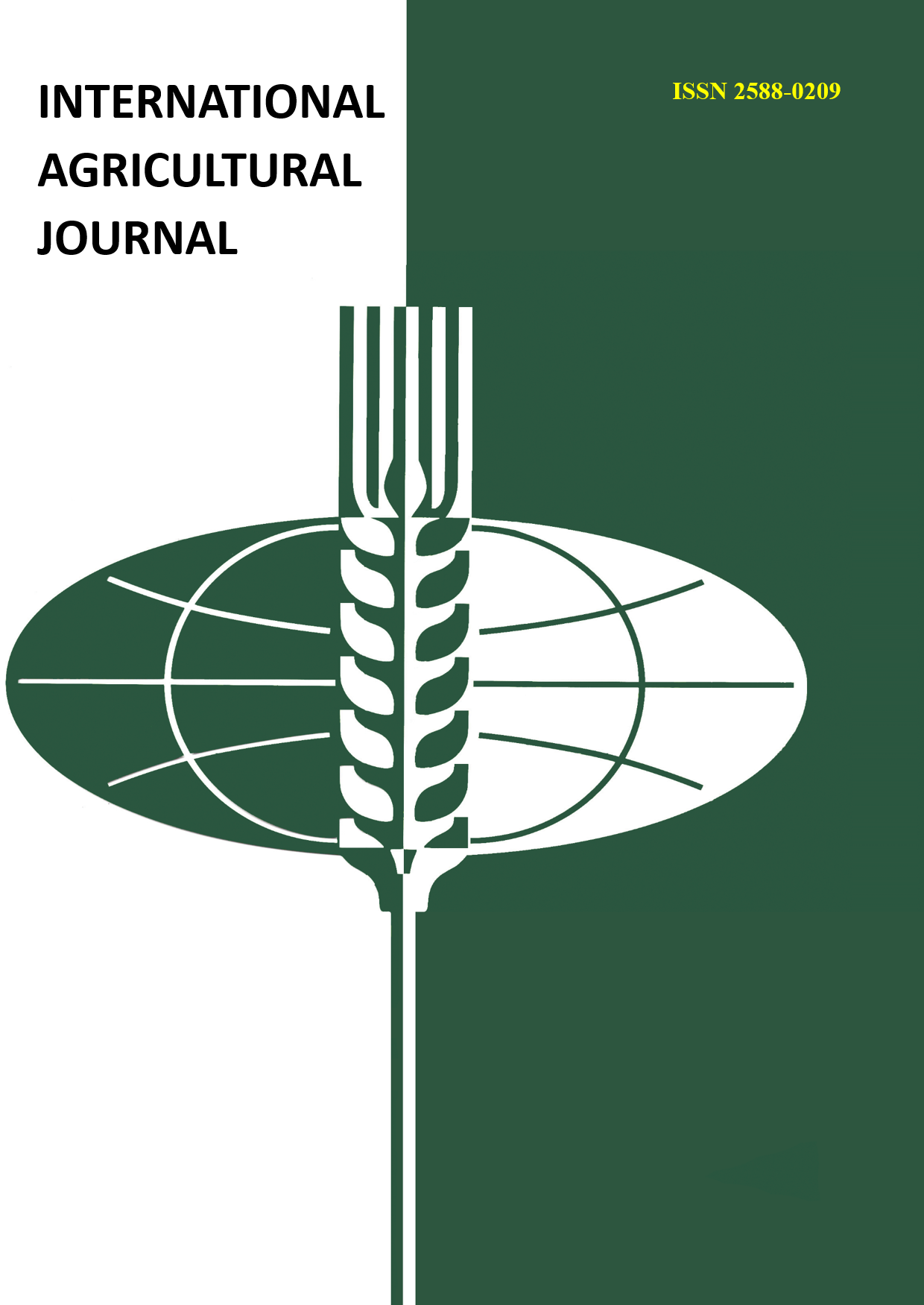According to the conclusion of leading Russian herbologists, 1/3 of the cost of a unit of agricultural production is the cost of weed control, the main factor limiting yield and product quality. The purpose of the study is to determine the species composition of weeds and the critical periods of their harmfulness in the agrocenosis of potatoes in the forest-steppe zone of the Republic of North Ossetia-Alania. The experiment on the study of critical periods of weed damage was carried out using 2 zoned potato varieties: Goryanka and Vineta in the period 2020-2022. in the Prigorodny district of the Republic of North Ossetia-Alania. The study was carried out in accordance with the Guidelines for the determination of critical periods and economic thresholds of weed damage in crops (1985). As a feature of the joint growth of potatoes and weeds, one can name the location of the root system of most components of the agrocenosis in a layer of 10-20 cm. In the potato agrocenosis, a complex type of infestation prevailed, spring weeds (43.8%), which is associated with the biological characteristics of the culture. In second place in terms of occurrence are wintering weeds (16.25%): in particular, blue cornflower (Centaurea cyanus (L.)), Canadian small-flowered (Erigeron canadensis (L.)), self-seed poppy (Papaver rhoeas (L.)). The critical period of weed damage when growing potatoes of the Vineta variety is 25-27 days; Goryanka 15-16 days from the moment of emergence of shoots. In the forest-steppe zone of the Republic of North Ossetia-Alania, it is advisable to cultivate an early ripe potato variety of the Russian selection Goryanka. The results obtained are necessary for the development of evidence-based measures to control weeds in potato plantings in the forest-steppe zone of the Republic of North Ossetia-Alania.
kartofel', sornye rasteniya, floristicheskiy sostav, kriticheskiy period vredonosnosti, poteri urozhaya, urozhaynost'














